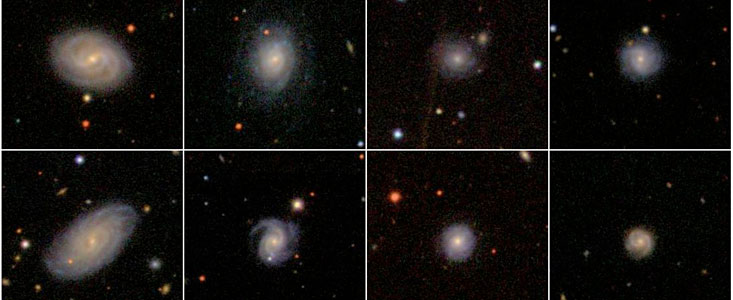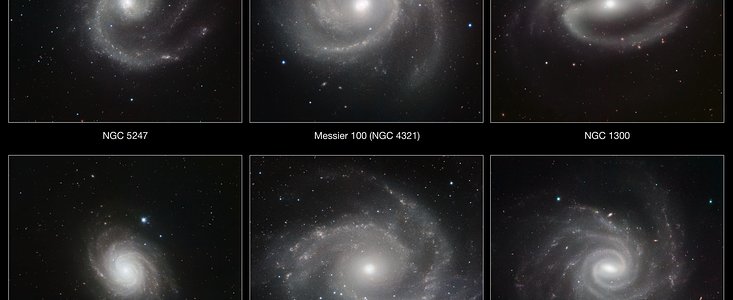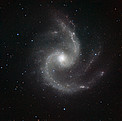E
EarthlingX
Guest
www.universetoday.com : 100 Epic Astronomy Images from ESO
www.eso.org : ESO - Top 100 (i have a lot of them, but too hard to pick just one, can't do it)
www.eso.org : Discover ESO's Hidden Treasures
by Nancy Atkinson
Oct 7th, 2010
The Sombrero Galaxy. Credit: ESO/P. Barthe
The European Southern Observatory pumps out incredible astronomical images, usually weekly, and they have now put together a collection of their top 100 images. They are all wonderfully amazing, so check them out for a large amount of eye candy. ESO is a consortium of countries, astronomers and telescopes, including the Very Large Telescope, VISTA, APEX, the telescopes at La Silla, and ALMA, so there were a lot of images to choose from to pick the top 100. Go get lost in the images!
ESO also just announced a free competition for anyone who enjoys making beautiful images of the night sky using real astronomical data. Called “Hidden Treasures,” the competition has some extremely attractive prizes for the lucky winners who produce the most beautiful and original images, including an all expenses paid trip to ESO’s VLT on Cerro Paranal, in Chile. And the winner will have a chance to participate in the nightly VLT observations, too. Check out the competition here.
www.eso.org : ESO - Top 100 (i have a lot of them, but too hard to pick just one, can't do it)
www.eso.org : Discover ESO's Hidden Treasures
An Astronomical Images Competition







